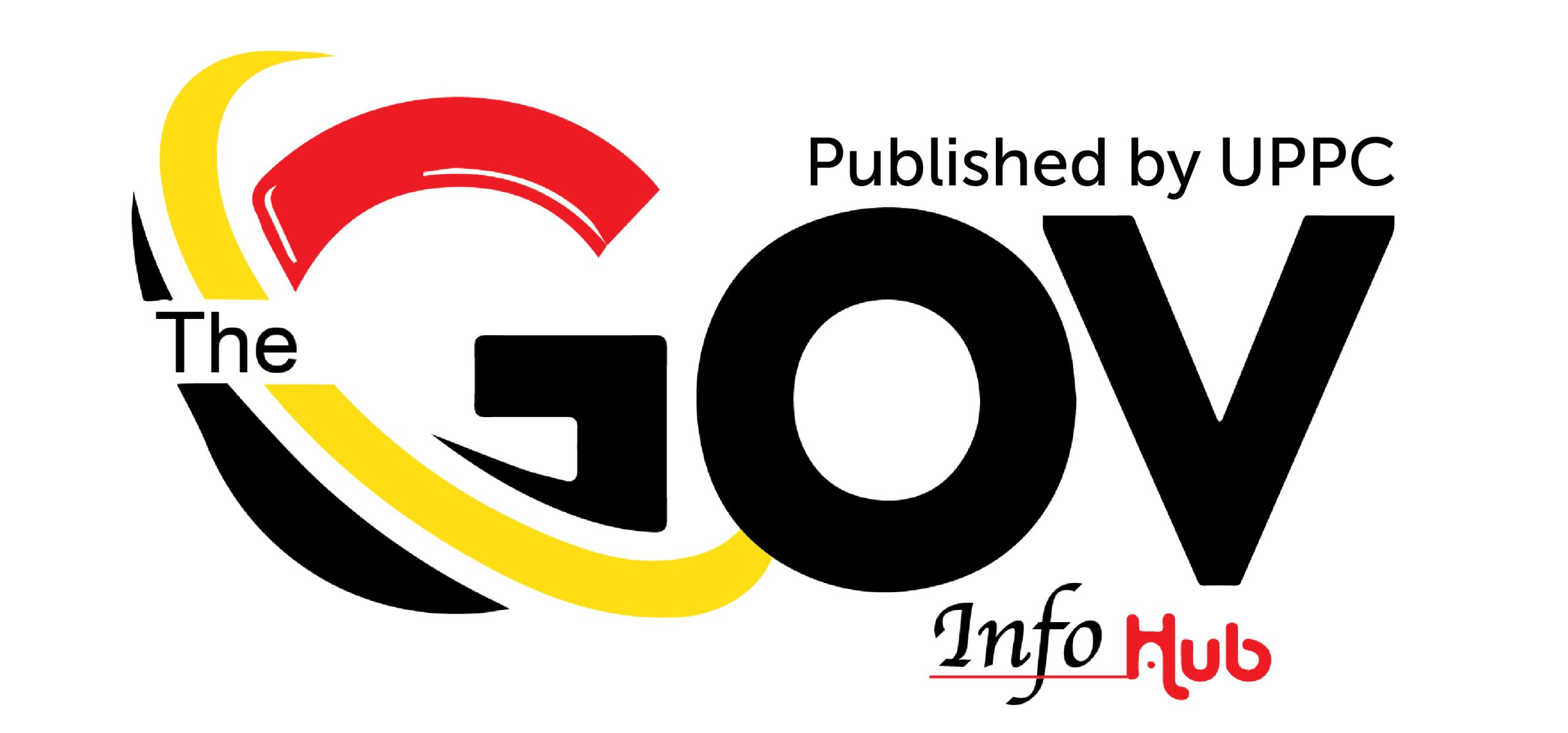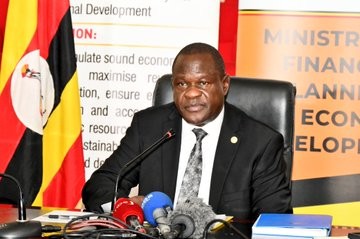By: Boy Fidel Leon
The best-laid plans need cash. Uganda’s government released Shs 18.43 trillion in the second quarter, bringing total budget disbursements to Shs 38.61 trillion, just over half of the Shs 72.38 trillion approved for the fiscal year.
The money is meant to power the Tenfold Growth Strategy. A blueprint that hinges on four pillars: agriculture turned industrial, tourism, mineral extraction, and innovation.
Acting Permanent Secretary Patrick Ocailap announced the allocation at a press briefing. The focus, he said, remains fixed on ATMS. This is, agro-industrialisation, tourism, mineral-based industrial development, and science and technology, alongside the infrastructure and institutions that enable them.
The economy expanded 6.3% last year, up from 6.1%, and the government is projecting 7% growth this fiscal year.
The nominal economy now sits at Shs 227.88 trillion. These are solid numbers against headwinds. But they also carry expectations. The money released now must translate into jobs, production, and tangible growth on the ground.
Where the money goes matters as much as how much is released. Debt servicing and treasury operations consumed Shs 7.07 trillion. Government wages and salaries took Shs 2.132 trillion. The strategic sectors received far less. Agro-industrialisation got Shs 320 billion. Science and innovation, Shs 124.25 billion. Tourism, Shs 53.65 billion. Mineral development, Shs 16.64 billion.
Infrastructure absorbed the largest share outside statutory obligations: Shs 1.703 trillion. Defence received Shs 642.85 billion, police Shs 161.65 billion, and health Shs 471 billion. Local governments were allocated Shs 390.78 billion.
The Parish Development Model, a grassroots initiative designed to channel funds directly to communities, received Shs 554 billion, half its approved budget. Ocailap credited similar programs with driving recent economic gains.
“Growth was largely driven by a sustained recovery in aggregate demand, supported by Government initiatives such as the Parish Development Model,” he said.
Yet money disbursed is not money spent well. Ocailap issued pointed directives to Accounting Officers, the government officials responsible for execution.
Salaries must be paid by the 28th of each month. Service providers must be paid promptly. Contracts must be denominated in Uganda shillings. No one gets hired without Ministry of Public Service clearance and proof that funds exist.
“No committing government without a sufficient budget,” Ocailap said.
The directives betray concern. Uganda has struggled with budget discipline, delayed payments to contractors, wage arrears, and spending that outpaces allocations. These instructions suggest the government is tightening control. Whether that tightening holds remains an open question.
The strategy itself is sound in theory: industrialise agriculture, tap mineral wealth, grow tourism, and embed innovation across the economy.
The money is moving. What matters now is whether it reaches the ground, whether projects begin and finish, whether the growth projections become reality or remain wishful arithmetic


